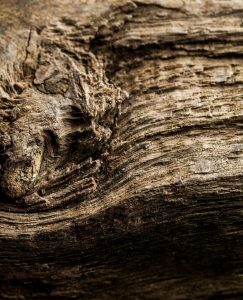

Imagine yourself in a serene forest clearing, where the sun streams through the leaves, casting a warm glow on the tall tree trunks.

As you study the intricate patterns in the wood, you notice the dance of light and shadow. Running your fingers along the grooves, you can almost hear the whispers of winds that have blown through the decades. Every knot, curve, and bulge speaks of the tree’s journey – the storms it weathered and the elements it faced.
Then, your eyes are drawn to the rich colours, hues shifting subtly like brushstrokes on an artist’s canvas.
The warm amber tones evoke lazy summer sunsets, while the cool greys and browns echo the autumn rains.
This kaleidoscope of colours is nature’s artwork, evolving with the changing seasons. But beyond the natural interplay of colours and sunlight lies something strong yet resilient, powerful yet humble: the tree itself.


Every Tree Has a Soul
Hidden beneath the rough bark of every tree trunk is an inner beauty, a living spirit shaped over many years. This inner essence, the very “soul” of the tree, is nature’s magnificent tapestry. For George Nakashima, the world-renowned woodworker and artist, uncovering and expressing this essence was the ultimate goal of the craft.

In The Soul of a Tree, Nakashima writes, “Each flitch, each board, each plank can have only one ideal use. The woodworker, applying a thousand skills, must find that ideal use and then shape the wood to realize its true potential.” (Nakashima, 1997)
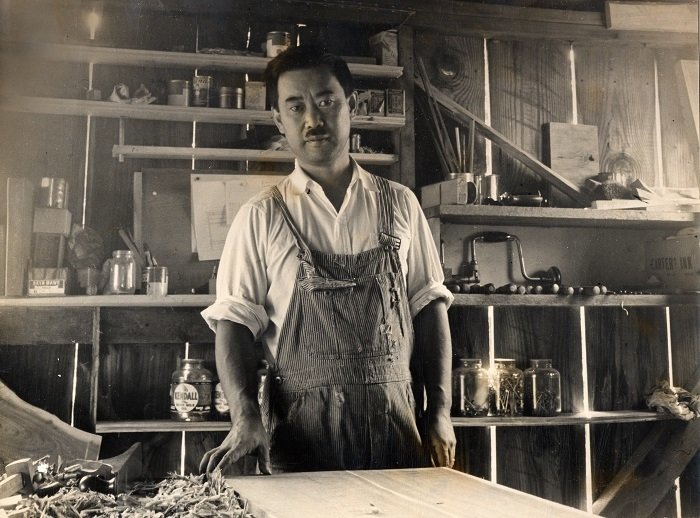
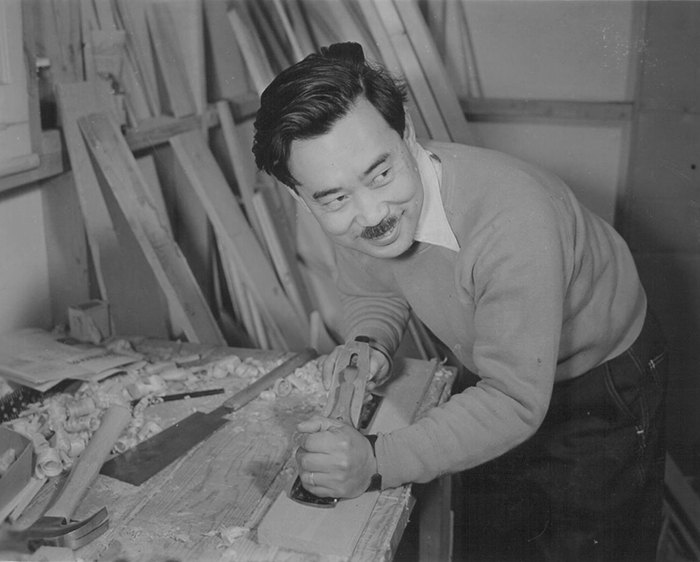

Celebrating Nature’s Imperfections
To most, a piece of timber seems simple – bark and grains.
But for those who understand wood’s essence, these distinctive “flaws” are its beauty.
Nakashima carefully studied and celebrated these imperfections, realizing that “The created object can live forever. The tree lives on in its new form.” He saw wood as a living material, constantly reacting to its environment.

Knots, burls, and irregular patterns express each tree’s resilience journey, born from enduring harsh winds, recovering from injuries, and standing firm through changing seasons. Concealing these markings would erase the living record of perseverance etched over decades.
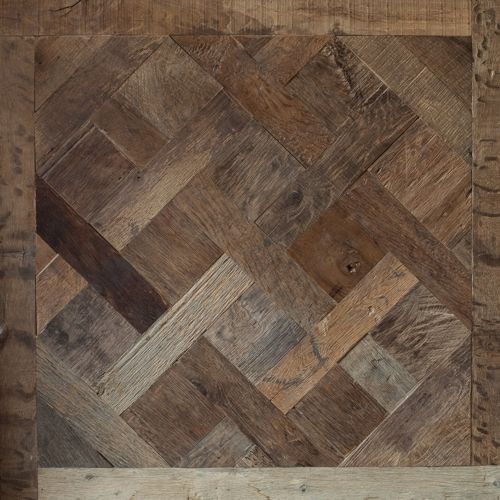
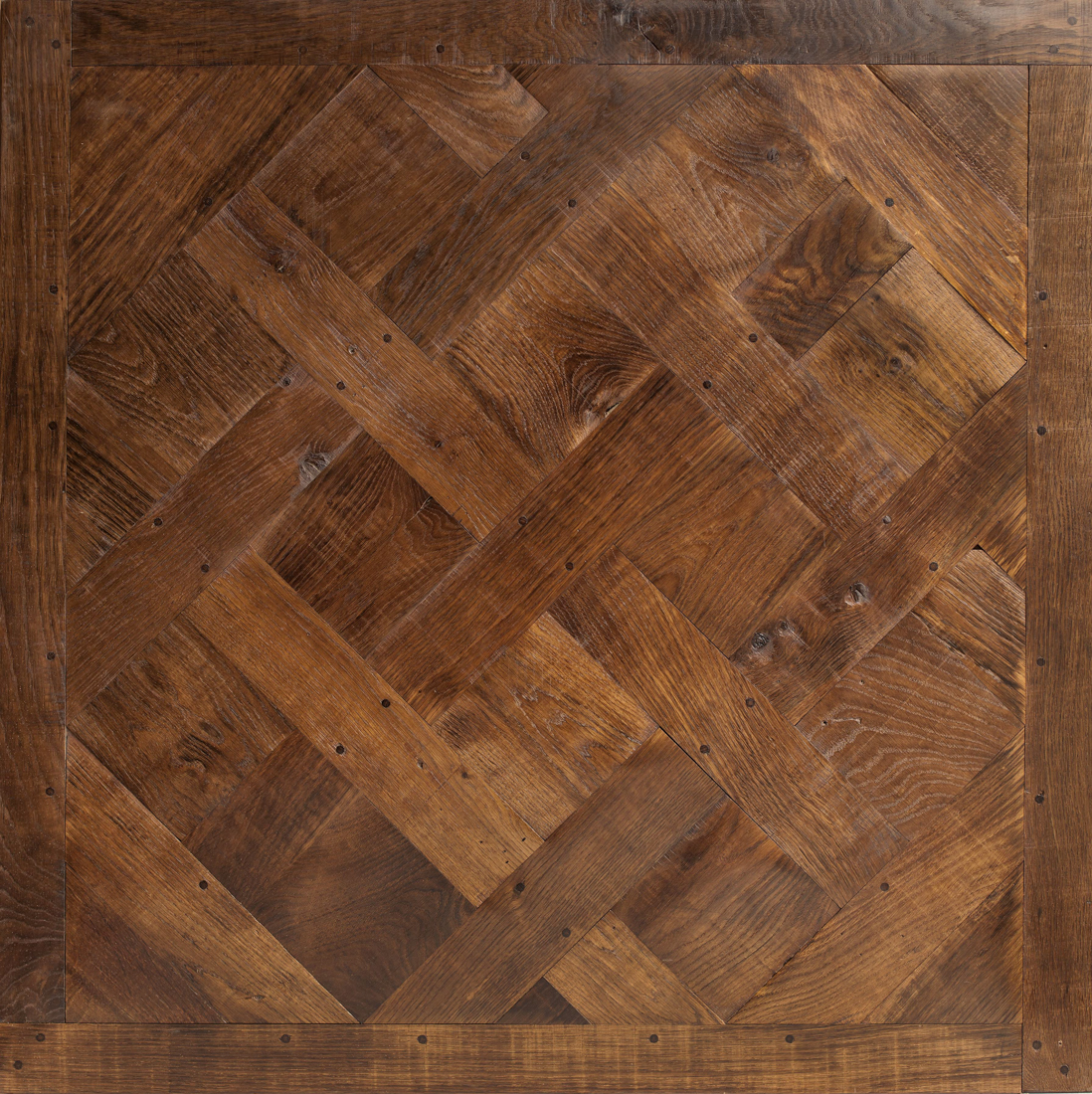
How Does a True Artisan Perceive Wood?
A master artisan highlights rather than hides these organic textures. Twisted whorls and ridges aren’t defects but maps exposing the indomitable spirit of overcoming tribulations. Bulging burls depict trees healing wounds into nutrients for new growth, while cracks speak of the tenacity to survive wildfires, droughts, and time.


Tracing distinctive grains and gnarls reveals the spirit living within every plank and beam, shaped by wind, rain, and seasons.
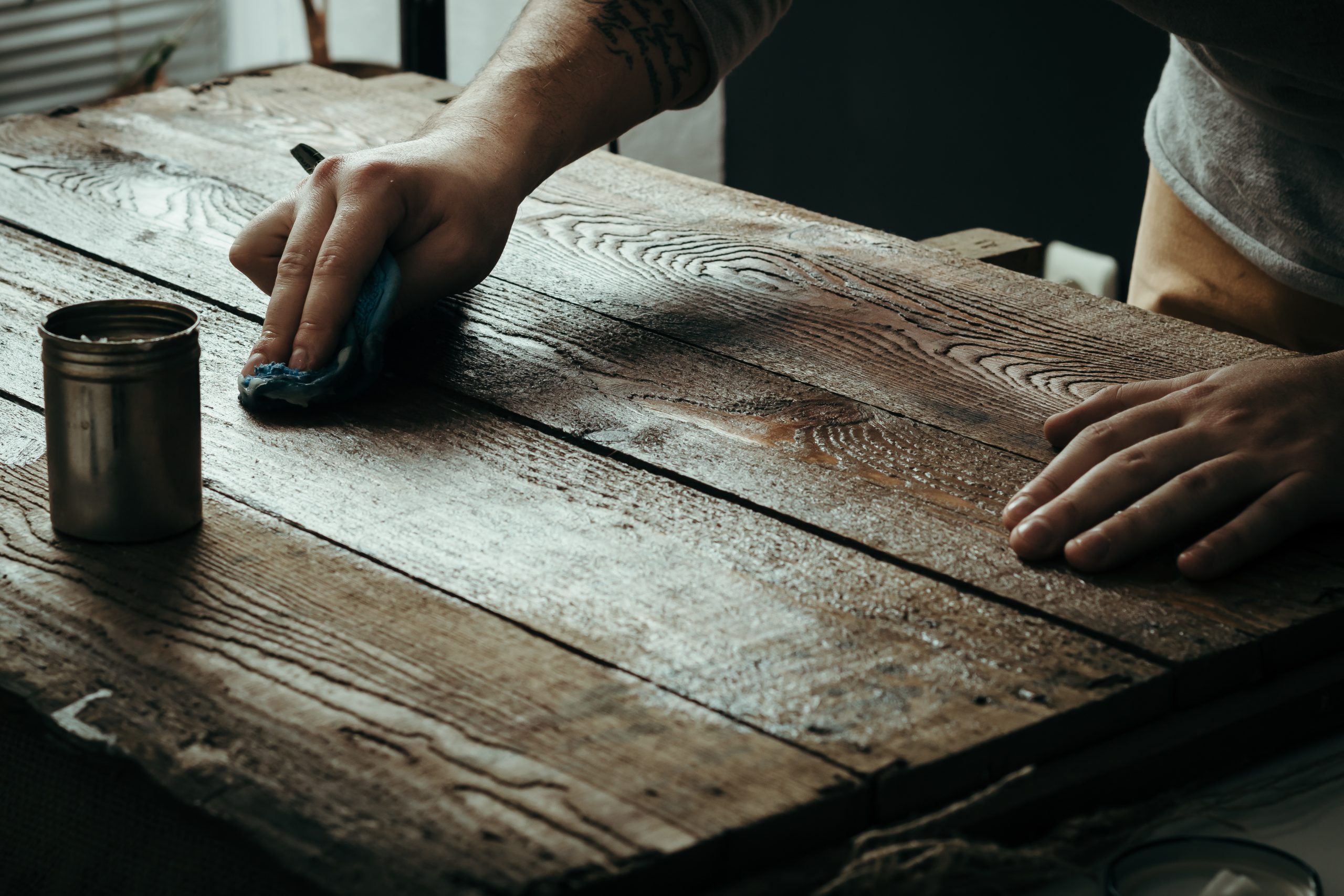
Honouring Wood’s Living Stories
Using reclaimed wood for projects like hardwood flooring pays homage to Nakashima’s philosophy, honouring the material’s living stories.
With reclaimed wood, you aren’t dealing with fresh-cut, factory-finished floor planks. Instead, the wood tells a story through its naturally weathered texture and patina.


Fundamental Principles of Reclaimed Wood:
- Respecting Natural Materials: Salvaging and repurposing vintage wood respects its inherent character. Tight grains, wormholes, knots, and mineral streaks all contribute to the wood’s journey, giving it a unique personality.
- Sustainability: Using reclaimed wood extends the lifespan of existing resources, reducing waste and the need for new raw timber. It’s an eco-friendly choice that takes the pressure off forests.
- Unique Character: No two reclaimed wood floors are identical, each plank telling its story through colours, grains, and nail holes.
- Honouring Craftsmanship: Repurposing vintage planks into new floors is an art form. Careful preparation involves de-nailing, sanding, and fitting to highlight the wood’s natural beauty.
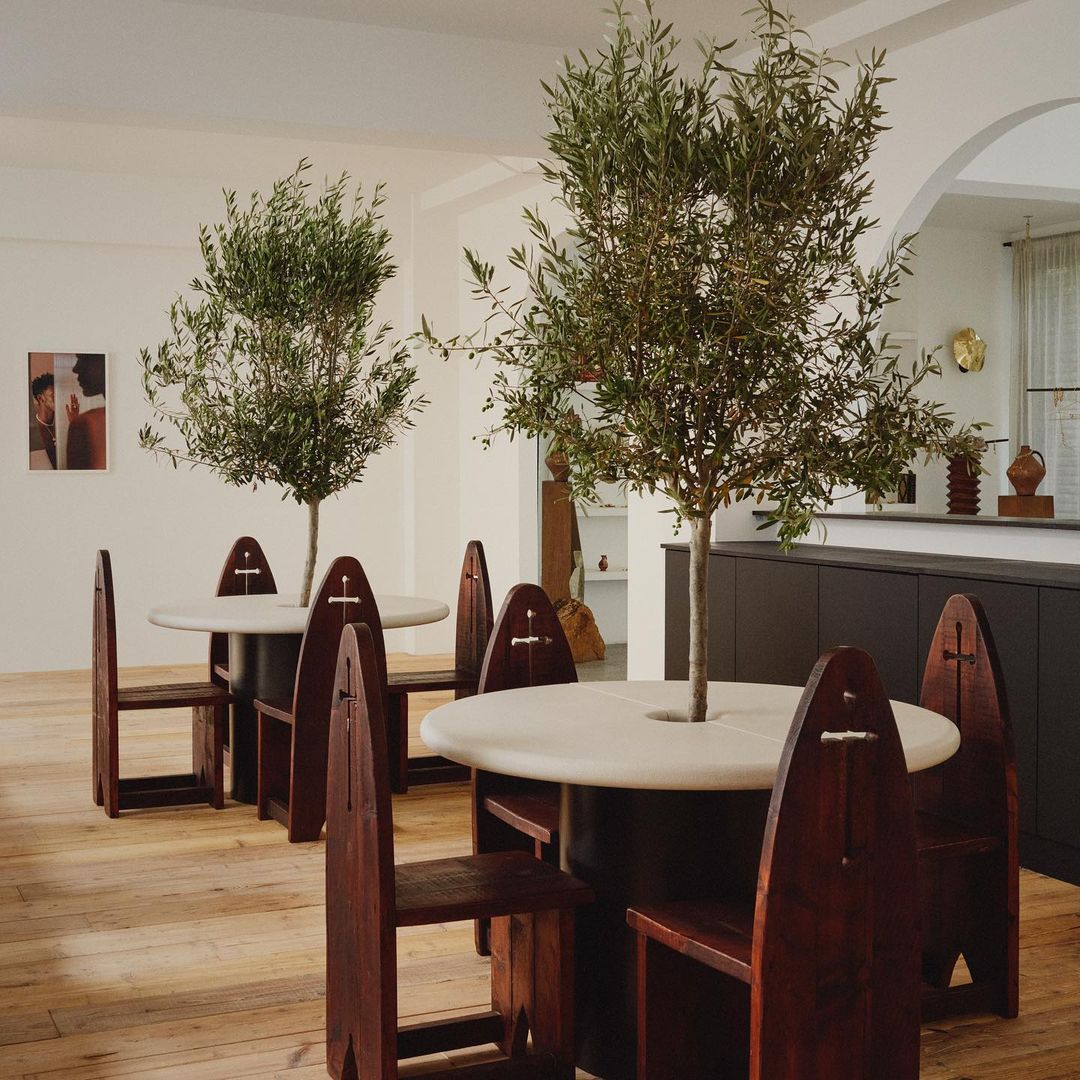
“There must be a union between the spirit in wood and the spirit in man. The grain of the wood must relate closely to its function… The tree lives on in its new form.” (George Nakashima, AZQuotes)
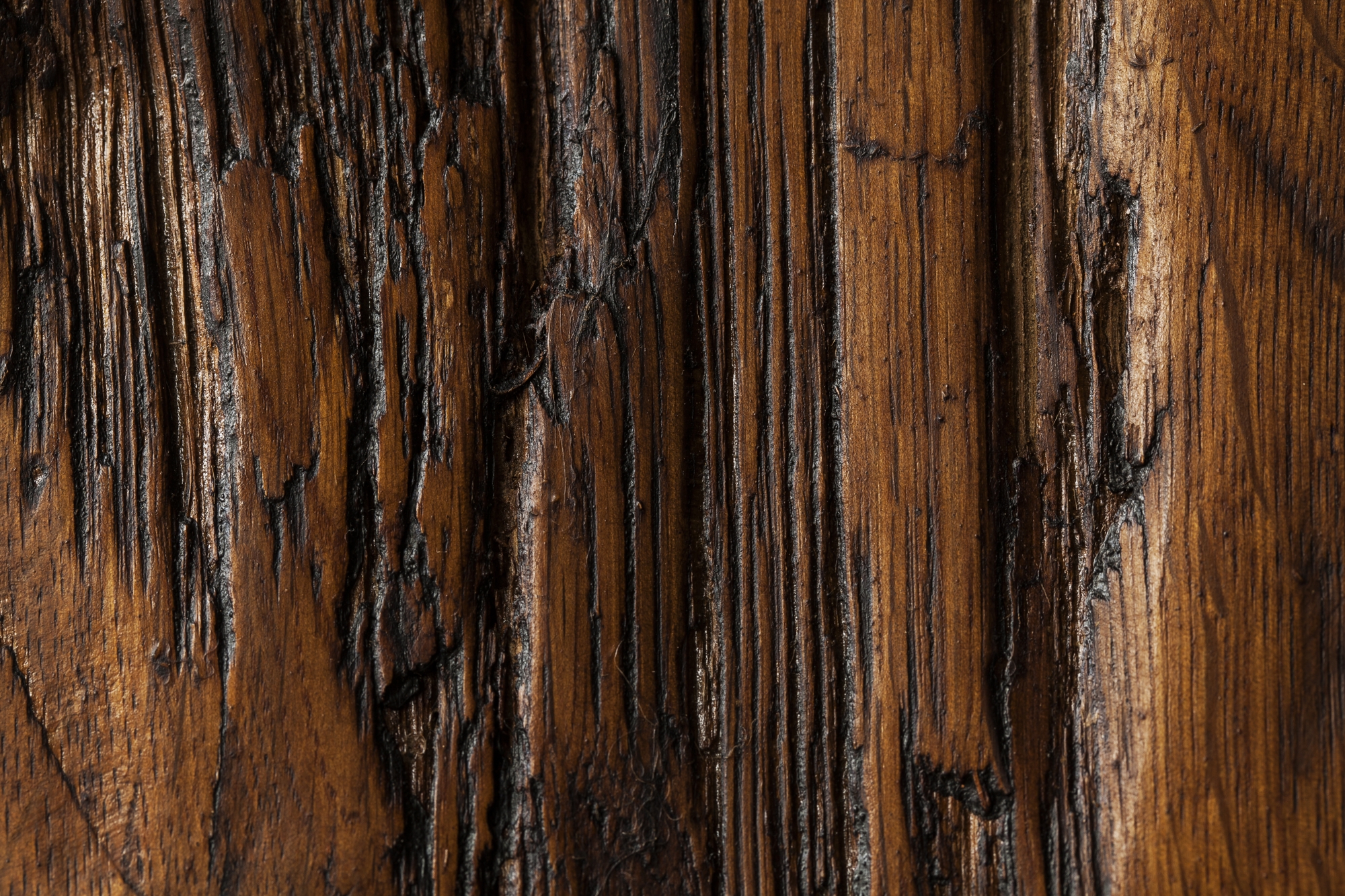
The Eternal Essence
Appreciating wood is about recognizing the living spirit, the tale of perseverance and resilience cradled in every grain.
Whether you’re an artisan repurposing timbers or simply admiring a tree’s gnarly textures, if you truly observe and listen, there’s a resonance with that indomitable essence.
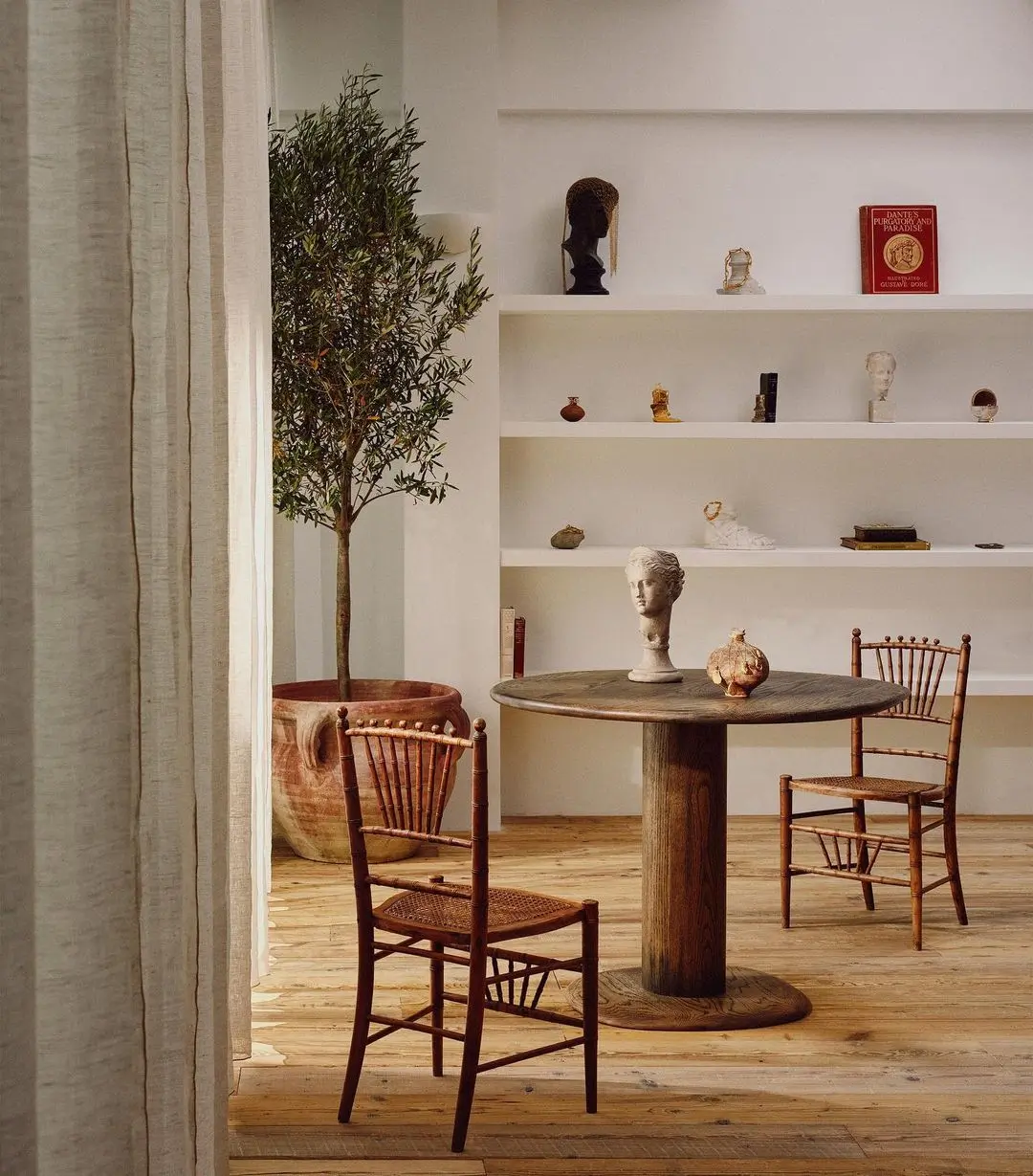
References:
- Nakashima Woodworkers. (n.d.). Retrieved from nakashimawoodworkers.com
- Nakashima, G. (1997). The Soul of a Tree: A Master Woodworker’s Reflections. Kodansha USA. Amazon Link
- Nakashima, G. (n.d.). Quote on wood and spirit. AZQuotes


